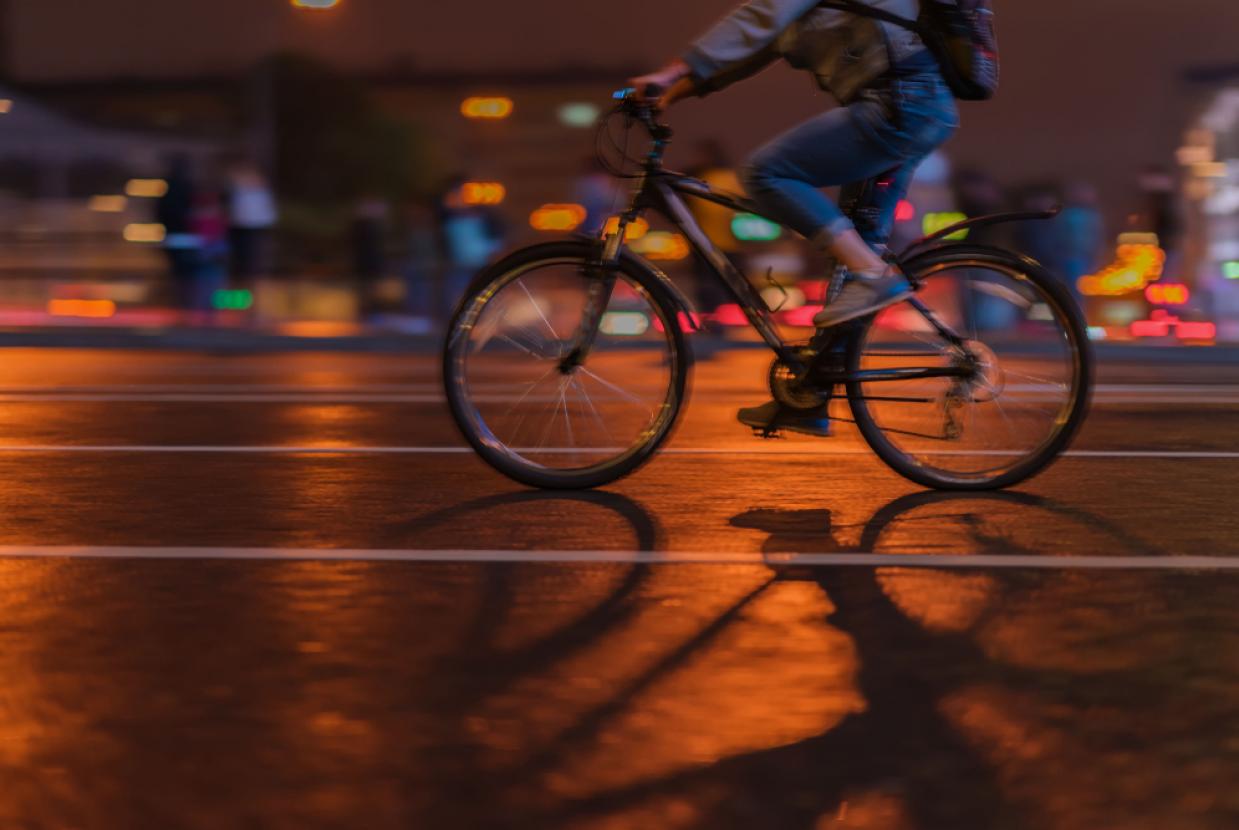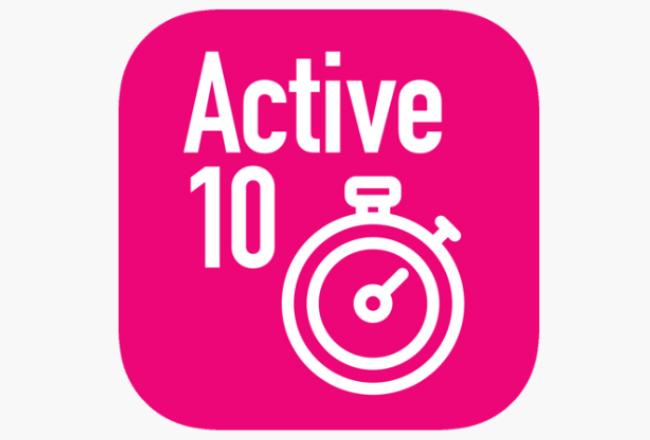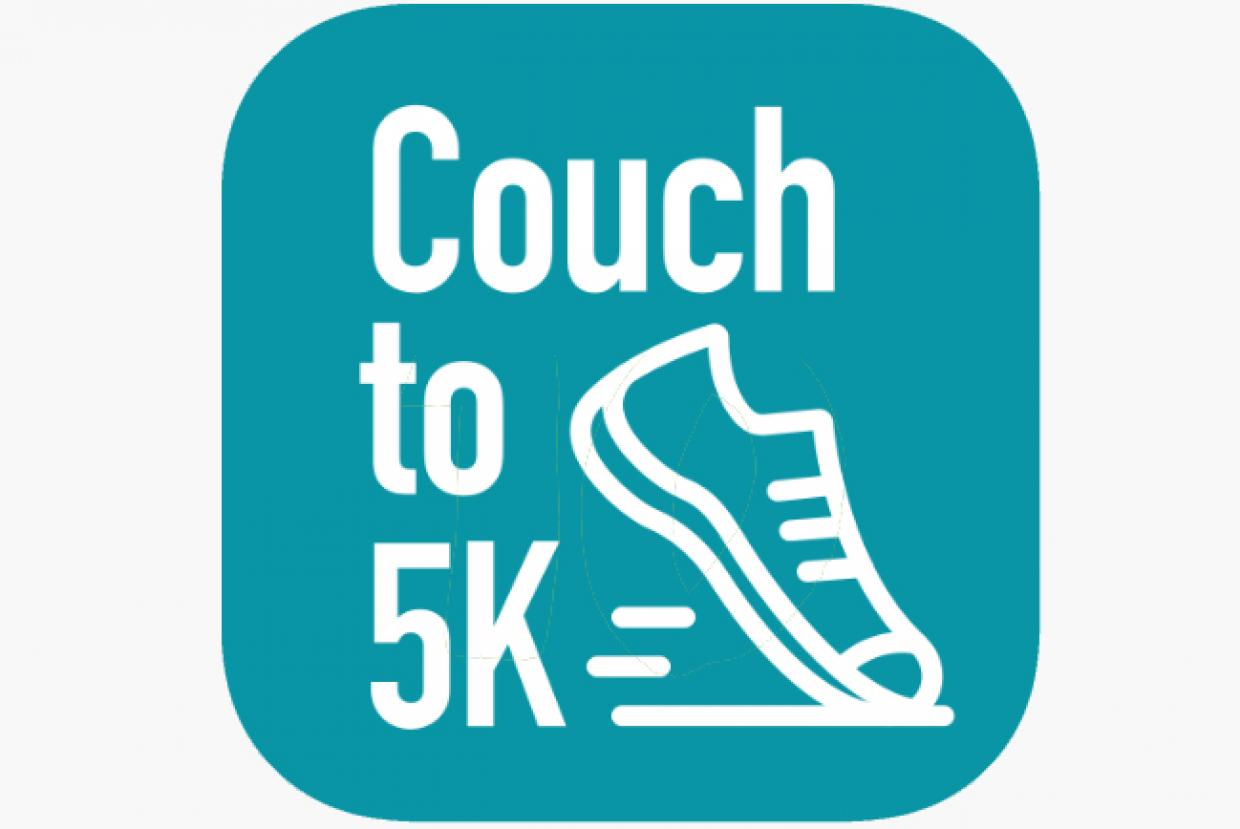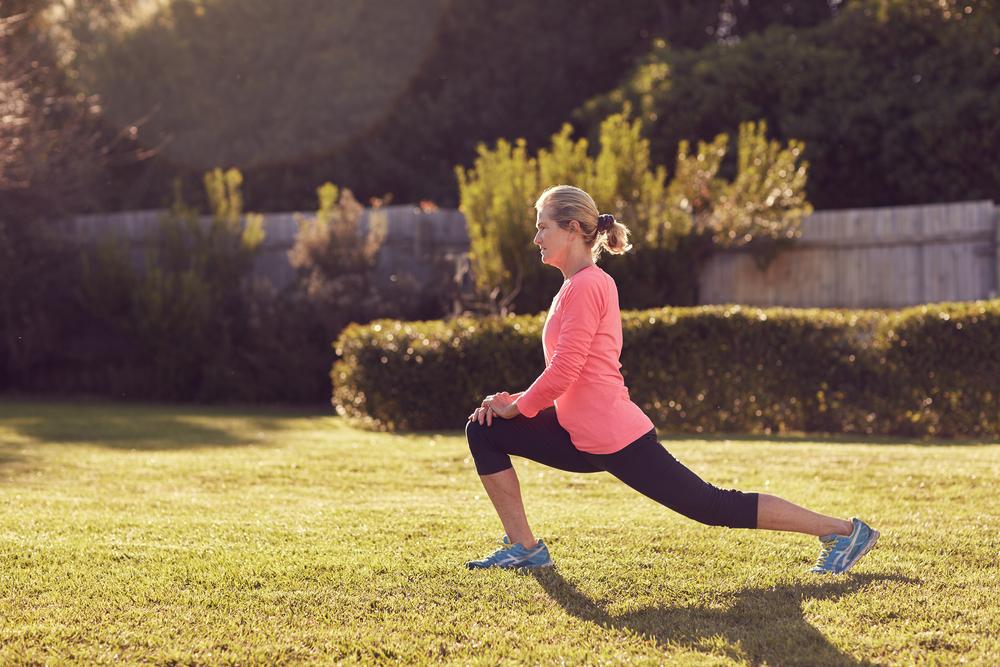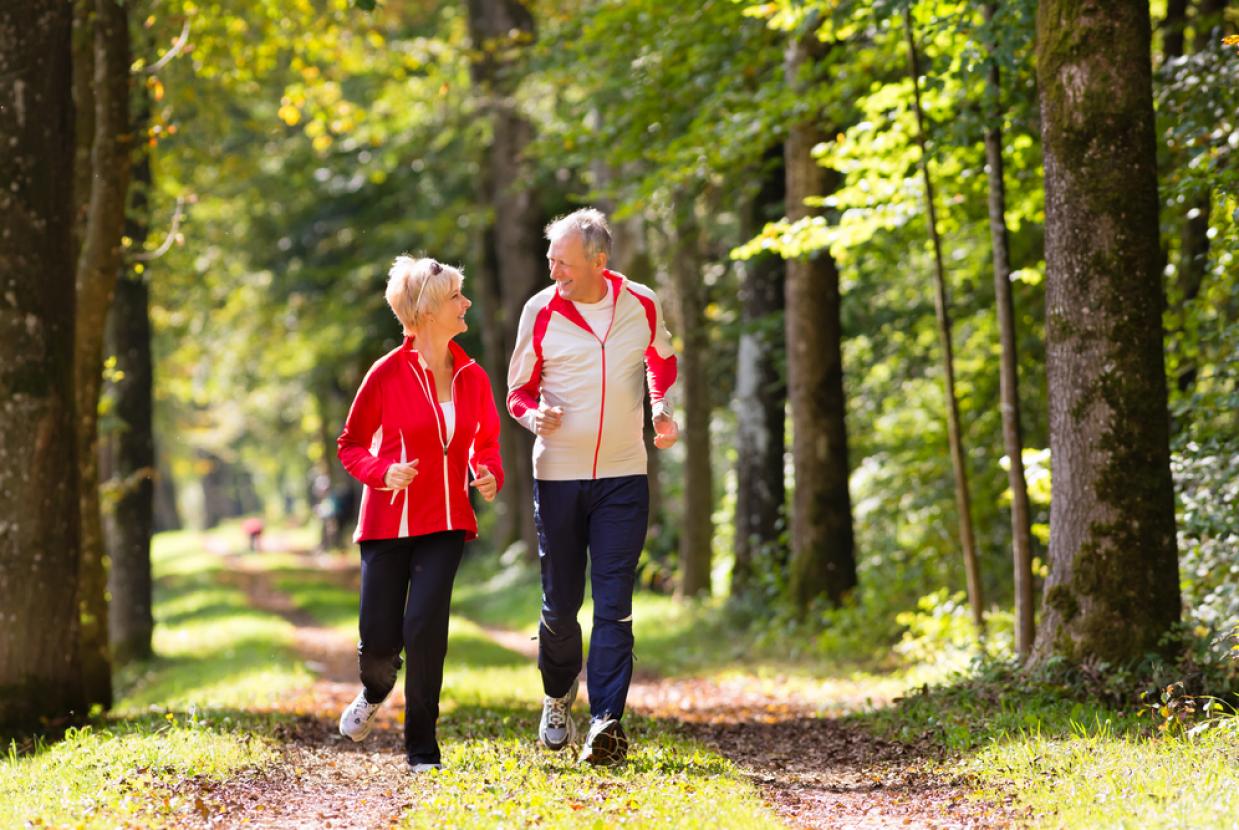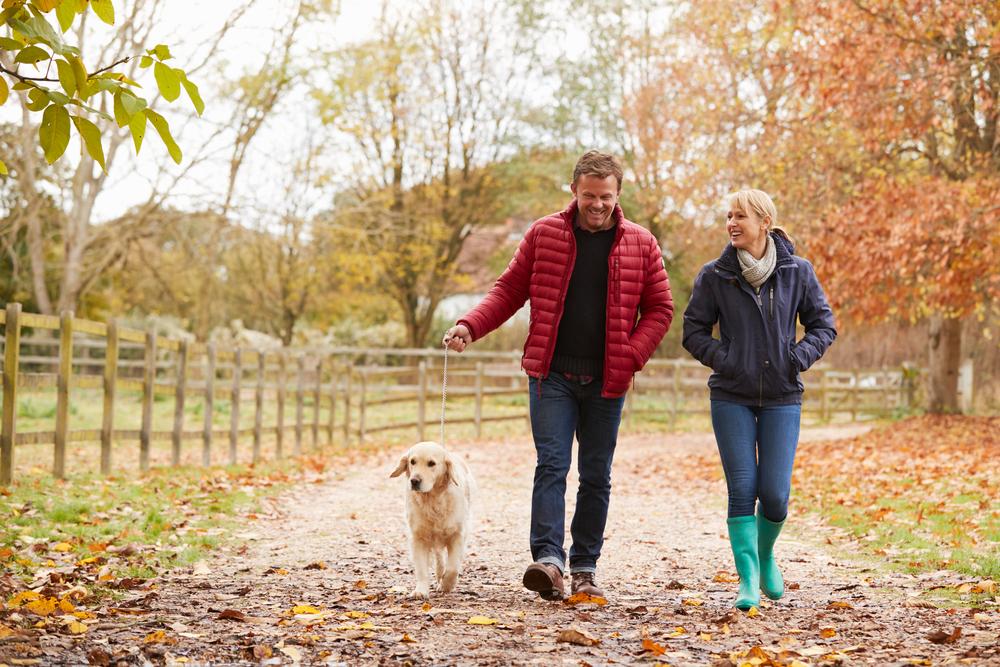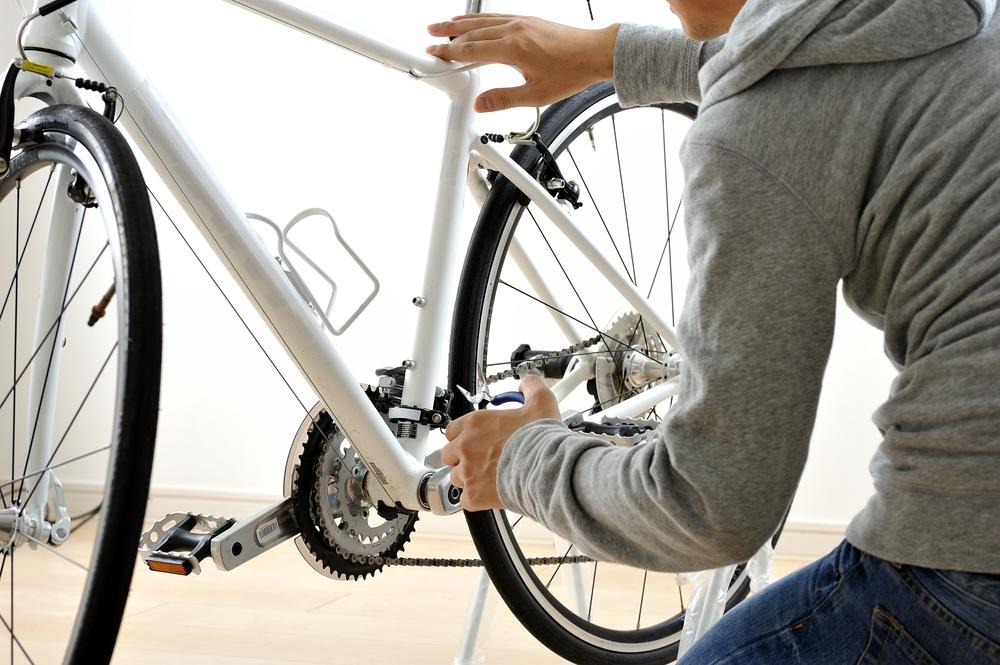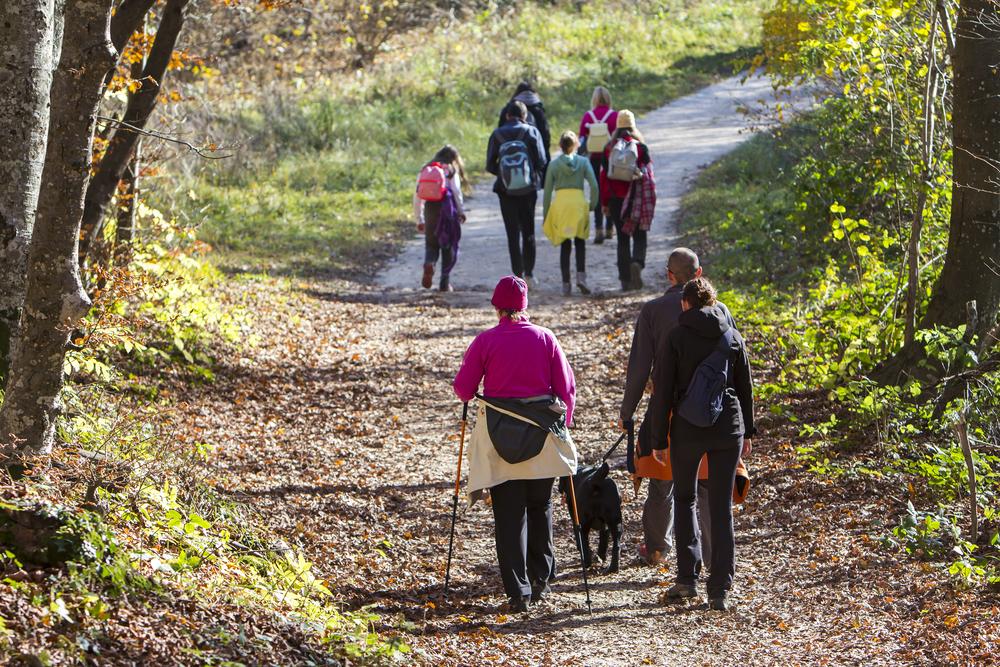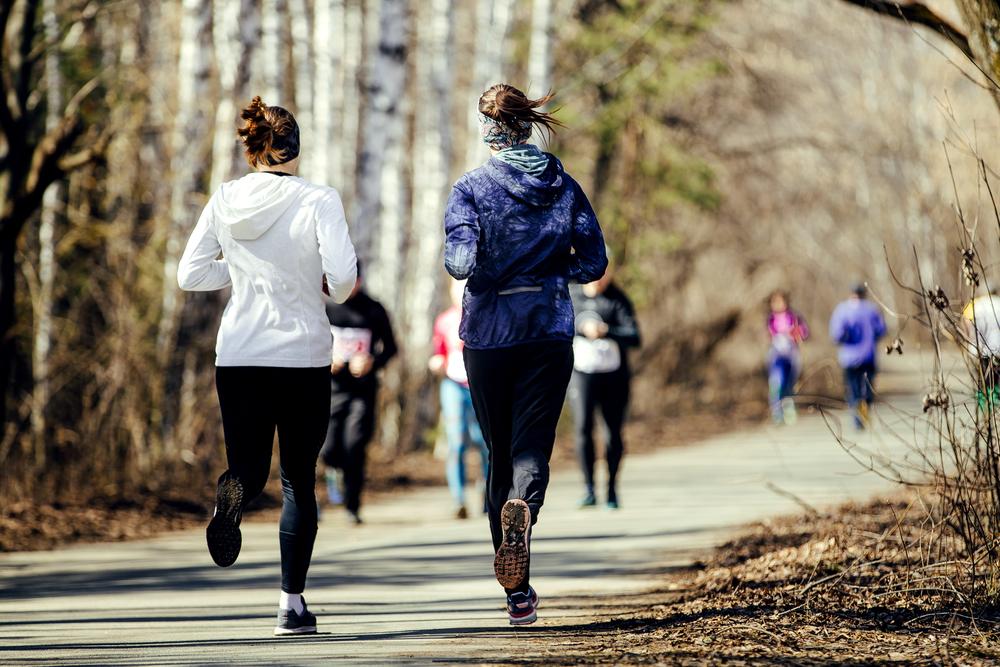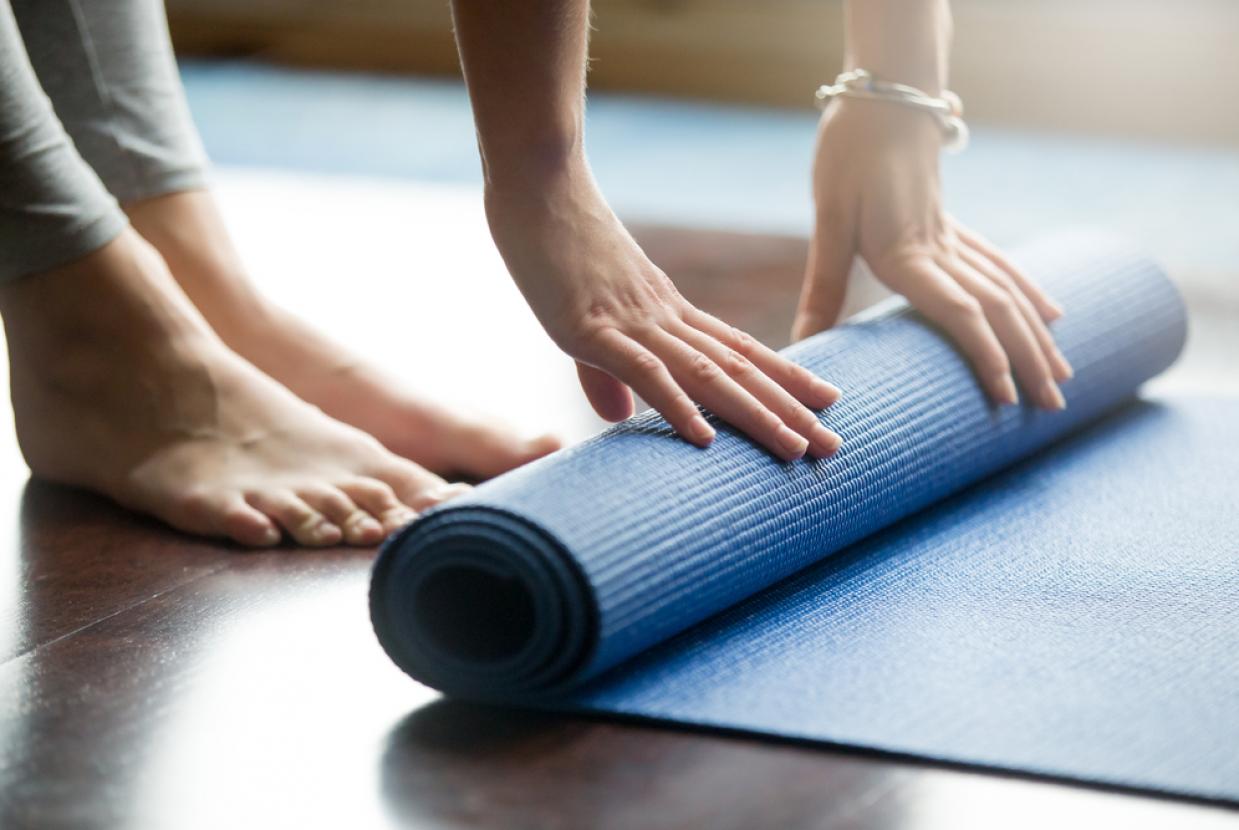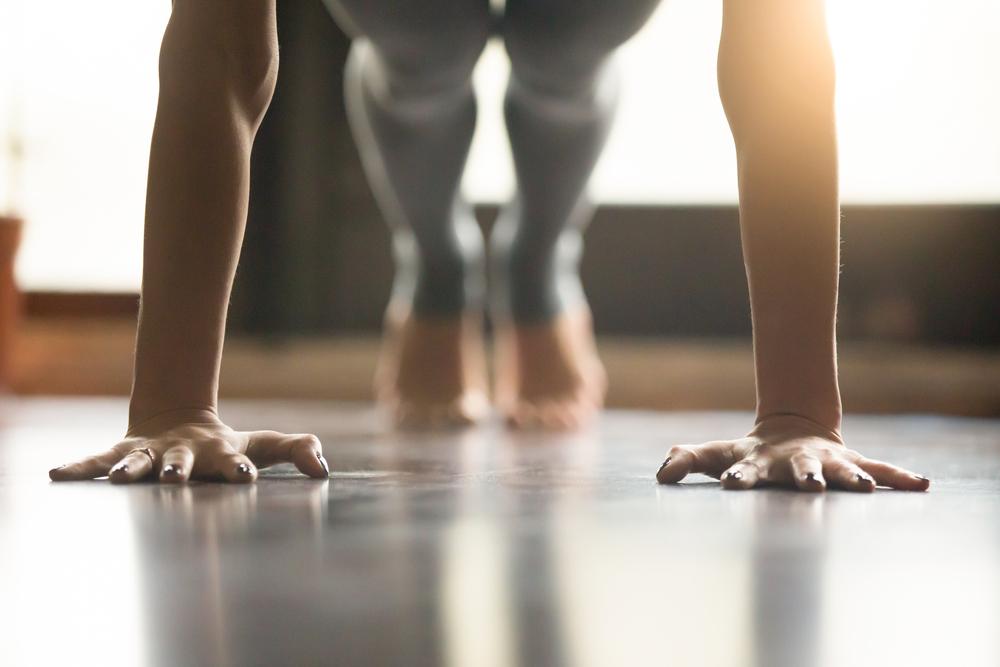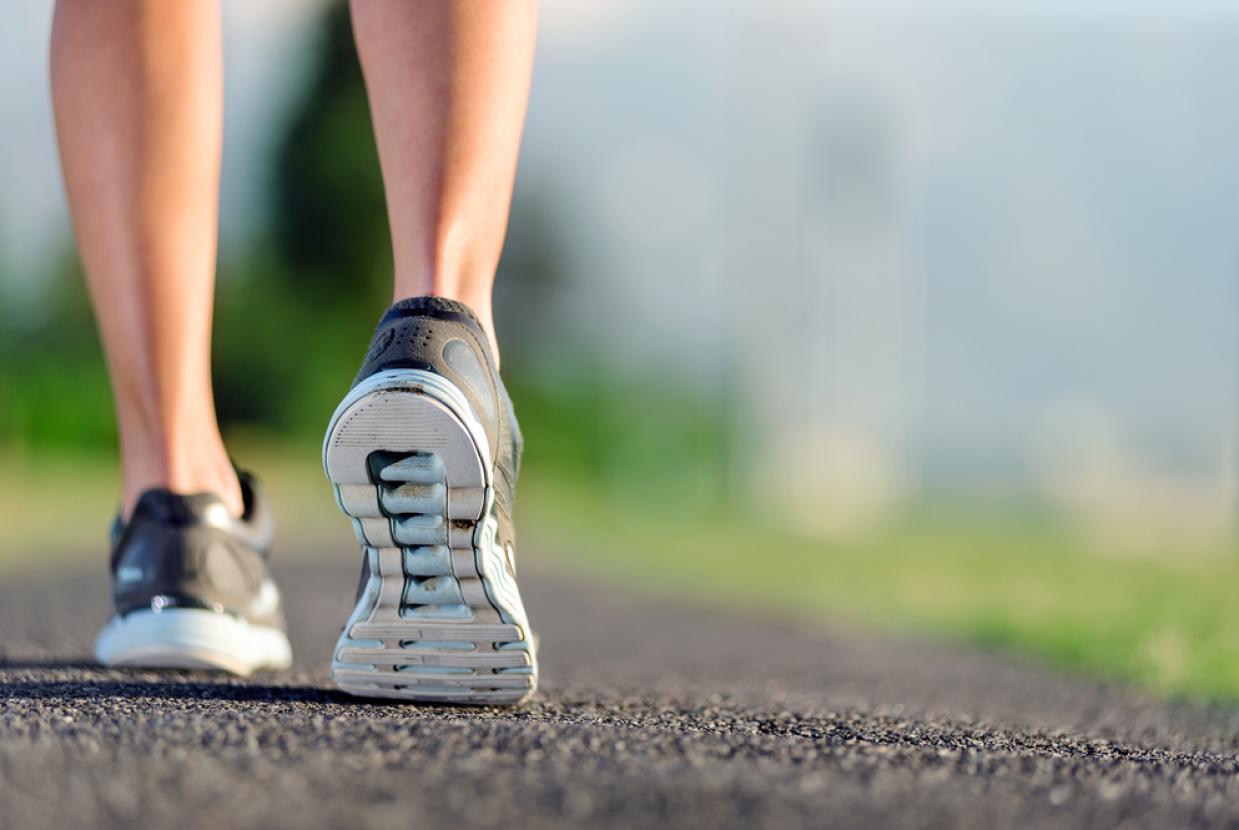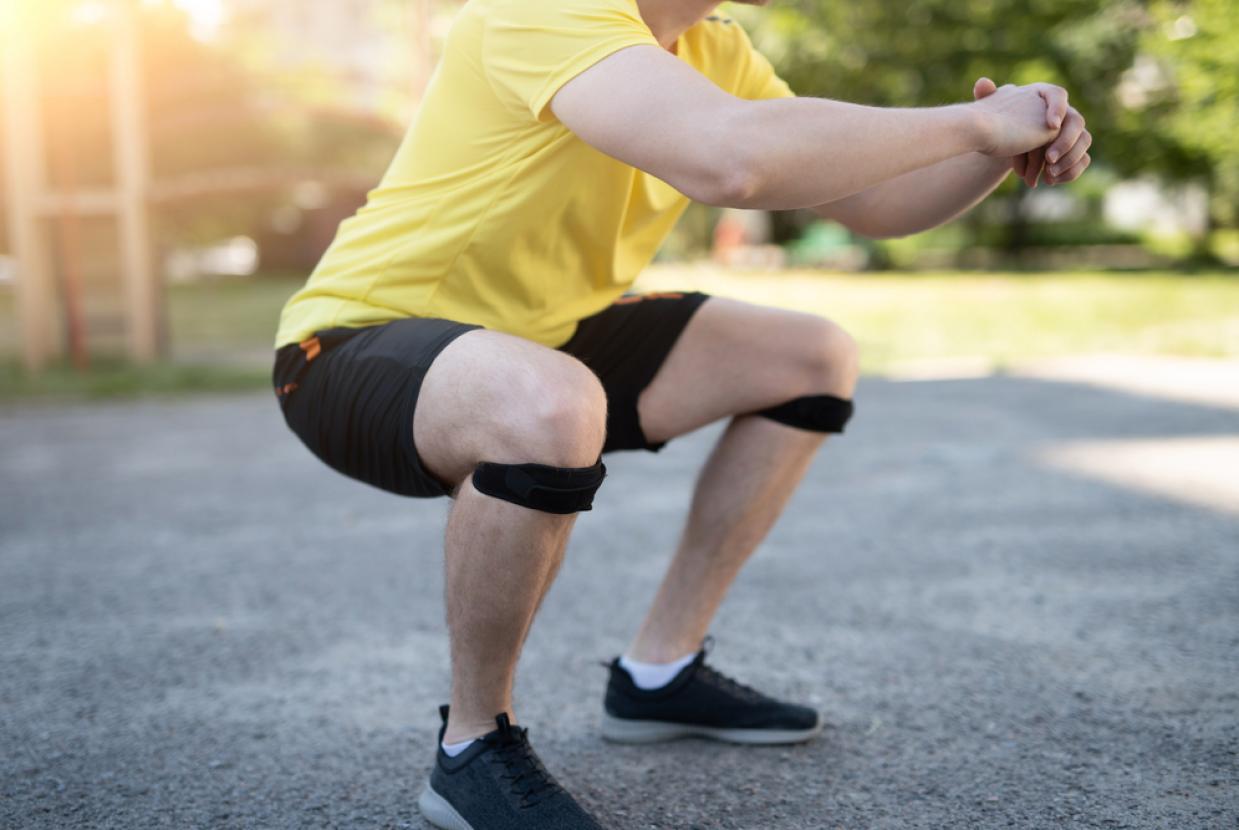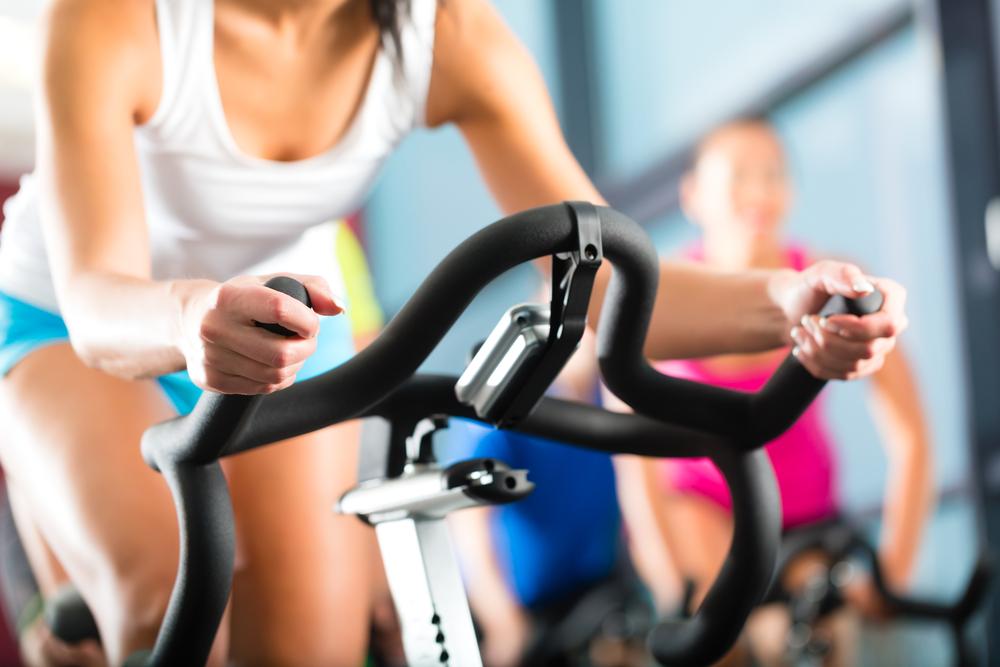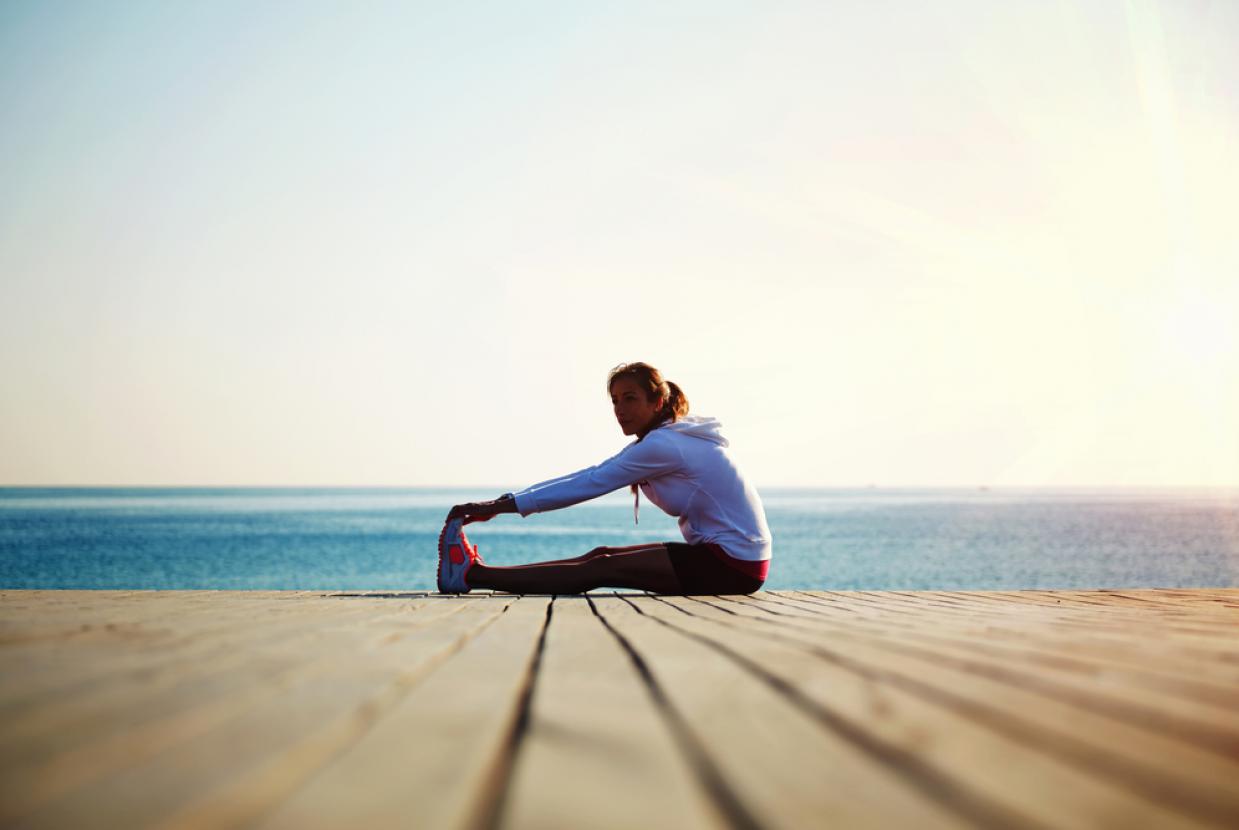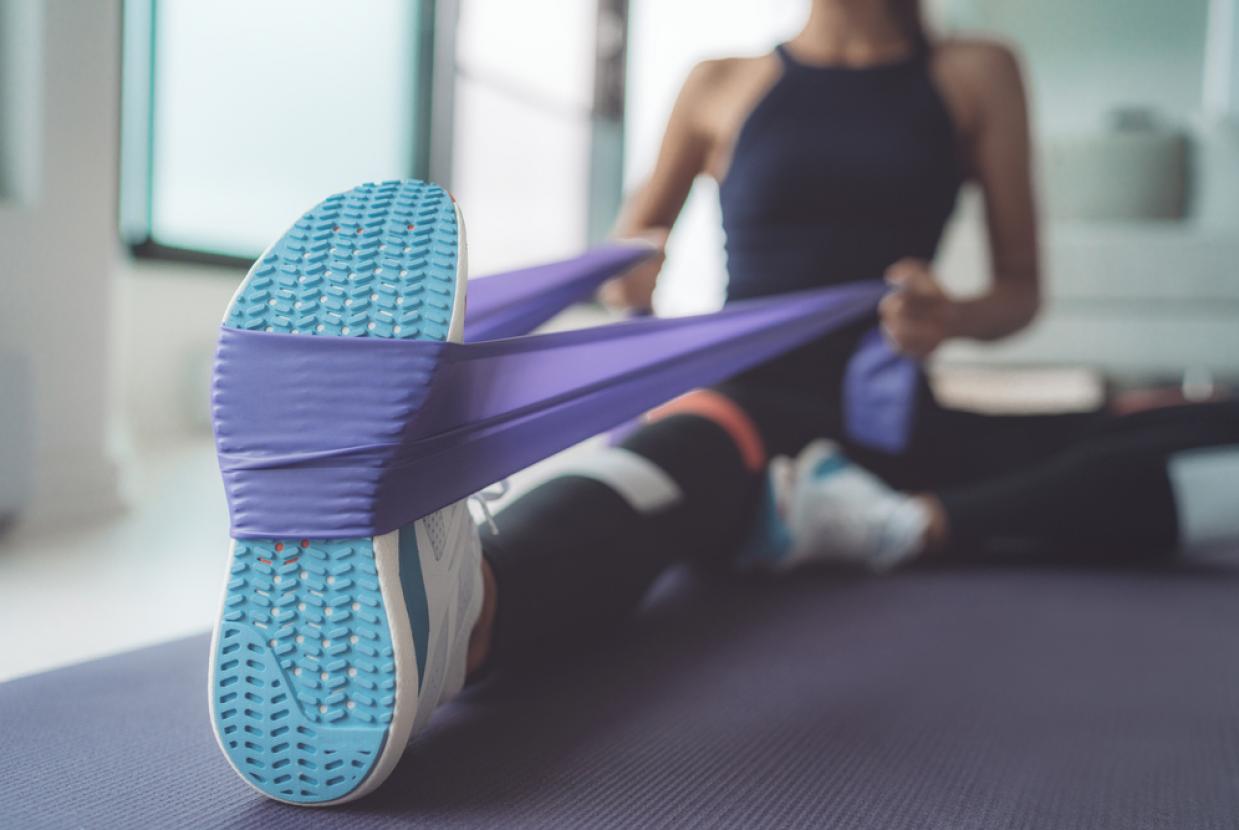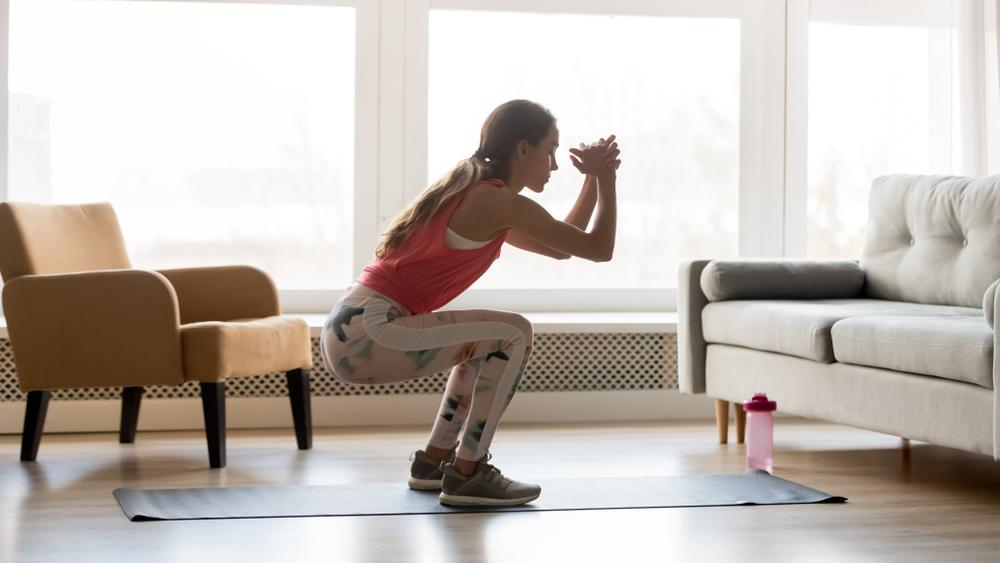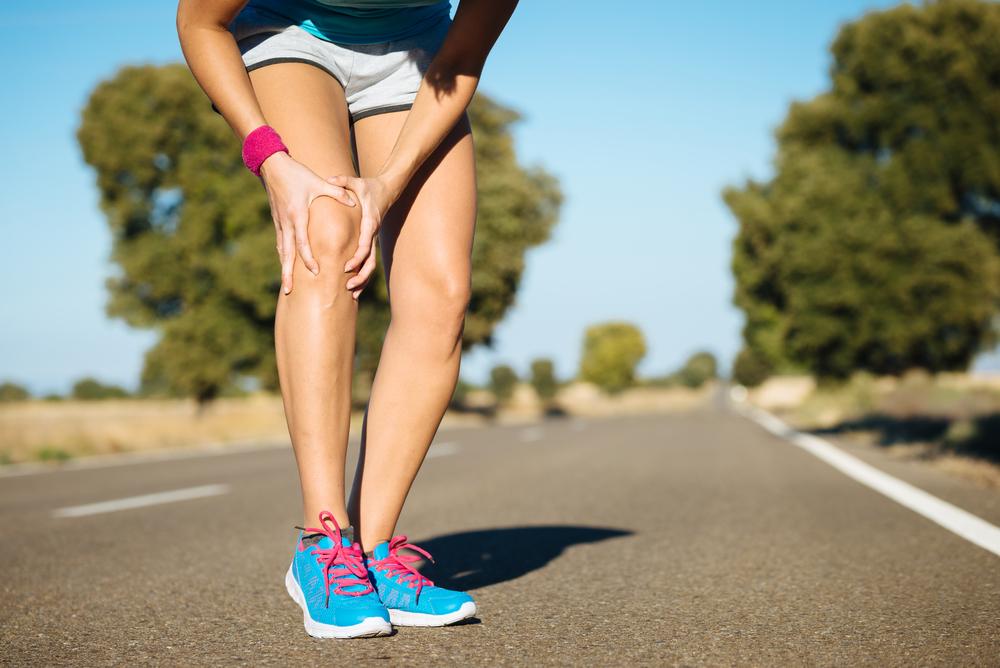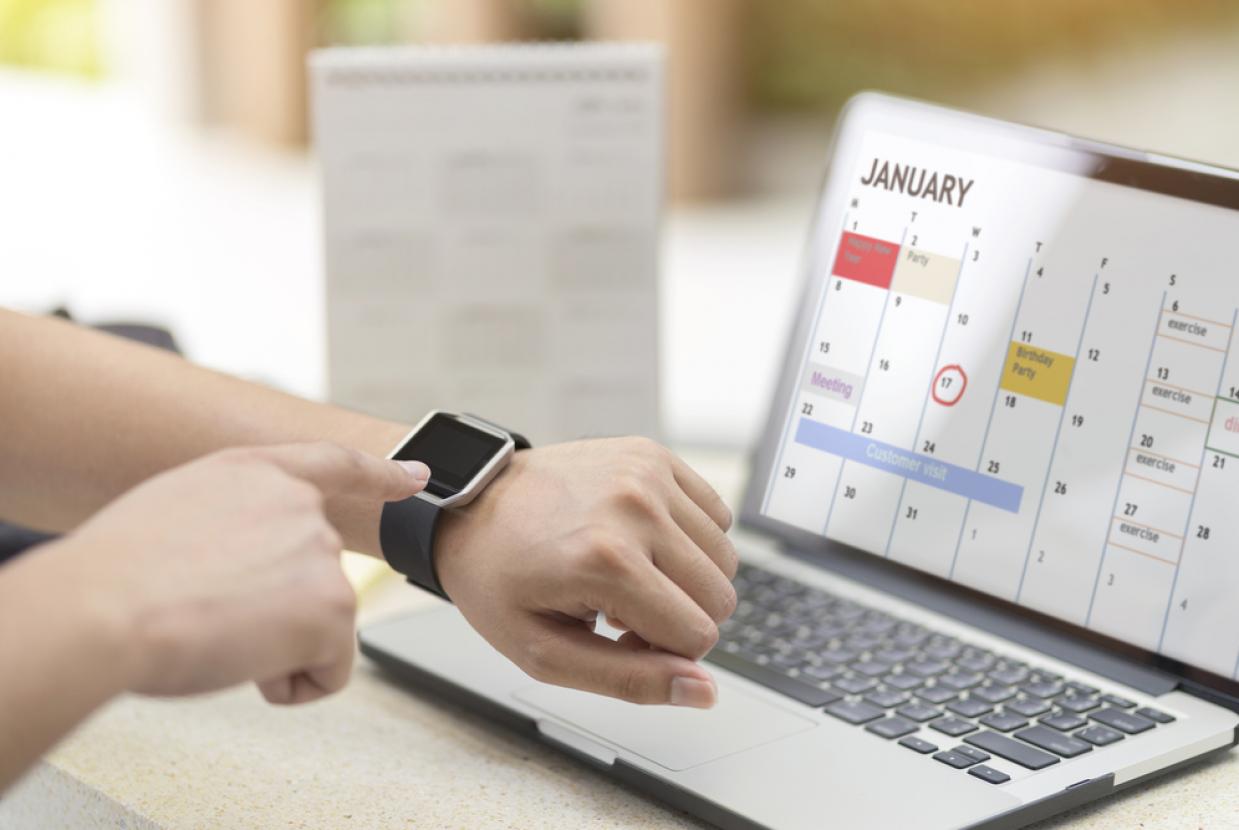A Guide To Cycling In The Dark
In the UK there are legal minimum requirements for cycling after dark; one front white light, one rear red light, plus the reflectors that should already be on your bike. It is important to remember that your lights must be working properly and your reflectors are clean and visible.
Here are some top tips to help keep you pedalling safely throughout autumn and winter and make sure you're visible to other road users.
Don't forget your lights
This may seem like obvious advice, but after months of riding your bike without them, you may be out of practice in ensuring you have your bike lights on you at all times. Come day or night you may need them - if you’re not sure if it’s dark enough for lights it’s always best to put them on.
Consider putting your rear light where it can always be seen, like attaching a permanent LED light to your pannier rack. It may also be worth keeping a backup set of lights at work and a spare set of batteries. There are also many USB charged lights available, so you can charge them while you’re at your desk.
Be bright
Being seen by other road users is of the utmost importance when riding at night. Wearing brightly coloured reflective clothing is a good way to stand out on those darker, rainy or foggy days. There are many accessories for you and your bike that will help you to be seen at night including reflective belts, wheel lights and reflective strips.
Plan and know your route
As the seasons change, it may be a good time to consider changing your regular routes to a better lit path or road. Bear in mind that some routes may include seasonal hazards such as fallen leaves and branches.
It can be very easy to get lost if you are trying out a new route in the dark, so try to test your route in the daytime to build up your confidence and familiarity with it.
Keep your bike in good shape
Fixing your bike on the roadside is a challenge and is even more difficult in the dark. Making sure your bike is in the best working order it can be will greatly reduce your chances of breaking down while on the road.
To avoid getting punctures, fit winter tyres to your bike and pump them up regularly. It’s also important to regularly check your tyres for nicks, cuts and road debris. Avoid cycling in the gutter as this is where most hazards that cause punctures can be found (broken glass and other debris).
Buddy up
There is strength in numbers when cycling, and this is especially true in darker conditions. If you are all well lit and bright you are more visible to other road users, and having a partner or group to cycle with can provide that little extra motivation you may need to get out on your bike.
Be alert
It’s always important to be aware of your surroundings when cycling and even more so in the dark. The tips above should help you be seen by other road users, but being alert to what is happening around you will minimise any other risks.
Go slower than you would in the daytime and keep your eyes open for unexpected obstacles, bumps in the road and movement by others on the road or path. Hopefully, that's all the information you need and you're ready to get going. As always, be safe and keep concentrated - riding on roads can be intimidating in the day, so make sure you're extra alert at night.


